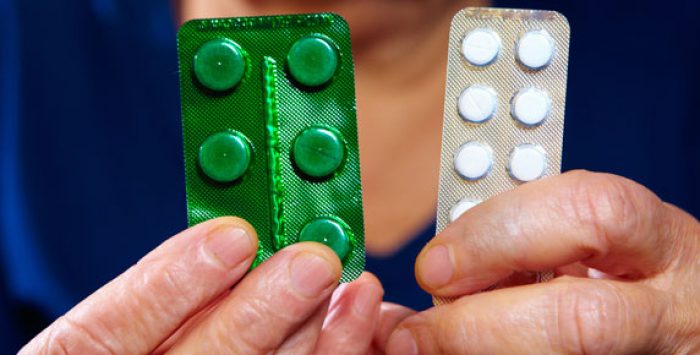What is catastrophic coverage?
Catastrophic coverage is part of Medicare Part D. An enrollee transitions to catastrophic coverage when their drug spending has reached a certain level (the amount adjusts annually); for the remainder of the year, they pay 5% of the cost of their covered drugs, or a small copay, whichever is greater (for most people who reach the catastrophic threshold, the 5% coinsurance is the larger amount).
As of 2024, there will no longer be any Part D out-of-pocket costs for enrollees who have reached the catastrophic coverage phase. This will effectively cap total actual out-of-pocket spending at about $3,250 in 2024. (Note that this refers to the actual amount that a person pays at the pharmacy, and is not the same thing as TrOOP, which is described below.)
The elimination of out-of-pocket costs during the catastrophic coverage phase is due to the Inflation Reduction Act, which was signed into law in August 2022. Most Part D enrollees do not reach the catastrophic coverage phase in any given year. But for those who do, drug costs can be prohibitively expensive. There has never been a cap on how high a person’s Part D costs can be, and the 5% coinsurance can really add up if a person needs very expensive medications. So the Inflation Reduction Act’s impact will be particularly helpful for people who routinely hit the catastrophic coverage phase.
For reference, standard Part D plans are organized with four phases of coverage, depending on how much a person’s drugs have cost so far that year:
- Deductible phase. (the maximum deductible is $480 in 2022; some plans have lower deductibles or no deductible). If the plan has a deductible, the enrollee is responsible for paying it before any benefits kick in other than the plan-negotiated rate for the drugs.
- Initial coverage phase. This starts after the deductible has been met, and continues until total costs reach $4,430 in 2022. But the enrollee only pays a maximum of 25% of those costs, with the drug plan paying the rest. On a standard plan, this means the enrollee pays $988 during this phase ($4,430 – $480 = $3,950. The enrollee pays 25% of that, which amounts to $988). But many plans have copays during the initial coverage phase, which result in lower out-of-pocket costs for the enrollee. In a standard plan, the enrollee’s out-of-pocket costs at the end of the initial coverage phase will be about $1,468, including the deductible and the enrollee’s 25% share during the initial coverage phase. This total is referred to as “true out-of-pocket” or TrOOP.
- Coverage gap phase. This is also known as the “donut hole.” This level starts when the initial coverage phase ends (in 2022, that’s when total drug costs — including the deductible and both the enrollee and plan costs during the initial coverage phase — reach $4,430). Before the Affordable Care Act closed the donut hole, enrollees were responsible for 100% of their drug costs during the coverage gap phase. But thanks to the ACA, enrollees are only responsible for 25% of their drug costs while in the coverage gap phase. (This is the same as their costs during the initial coverage phase if they have a standard plan. But since many plans have copays during the initial coverage phase, it’s common to see enrollees’ costs change once they get into the coverage gap phase.) The coverage gap phase continues until TrOOP reaches $7,050 in 2022. But it’s important to note that during the coverage gap phase, the drug manufacturer pays 70% of the drug costs, and this counts towards TrOOP. So 95% of drug costs are counting towards TrOOP while in the coverage gap phase, even though the enrollee is only paying 25%. This means that the $7,050 TrOOP level (in 2022) will be reached after the enrollee has paid $1,469 while in the coverage gap phase (with the drug manufacturer paying $4,113, and the Part D plan paying $294; only the plan’s portion does not count towards TrOOP). This brings the enrollee’s total drug spending to about $2,937 for the year.
- Catastrophic coverage phase. This phase begins if and when the enrollee reaches the end of the coverage gap phase. During the catastrophic coverage phase, the enrollee pays 5% of the cost of covered drugs, or small copays (whichever is greater). The copays in 2022 are $3.95 for generics and $9.85 for brand-name drugs. As of 2024, enrollees will no longer have to pay any out-of-pocket costs for drugs covered under Part D while in the catastrophic coverage phase. Out-of-pocket drug spending will end for the year once a person reaches the upper threshold of the coverage gap phase.



